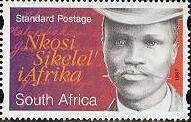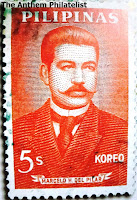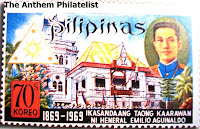Glimpses of Old Cebu: Images of the Colonial Era

" Glimpses of Old Cebu: Images of the Colonial Era " is a 276-page coffee table book of nearly 600 of the best photographs, postcards , stereoviews and lantern glass slides of Cebu and its many towns taken between 1870-1945. More than just a mere showcasing of rare, never-before-seen images, the book also provides a treasure trove of information accompanying nearly every picture. The author, Lucy Urgello Miller has been collecting vintage Philippine postcards and photographs for over 20 years, the thrust of her collection being Cebu . She acquired 90% of her Cebu collection in the United States where she is living with her husband Richard "Rick" Miller. Most of the collection was bought at antique postcards shows. Lucy has about 1,000 pictures and postcards on Cebu but she selected only the best and most interesting for this book. Mommy Gingging, Lucy and my wife Grace A blue-blooded Theresian, Lucy spent her entire education from kind...












